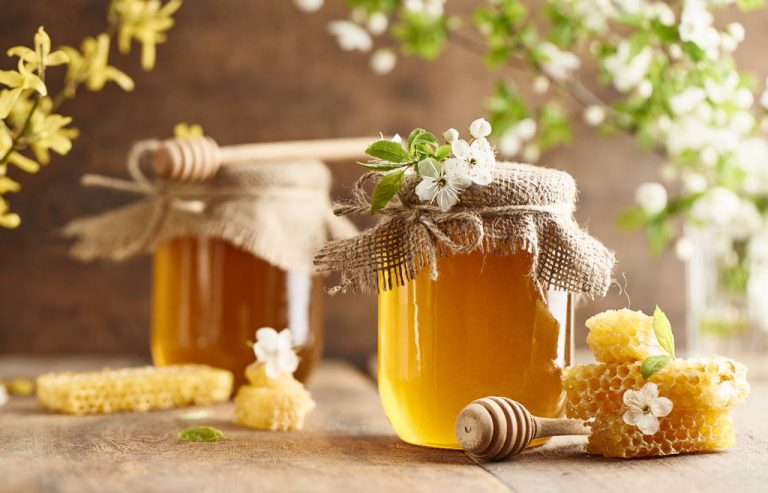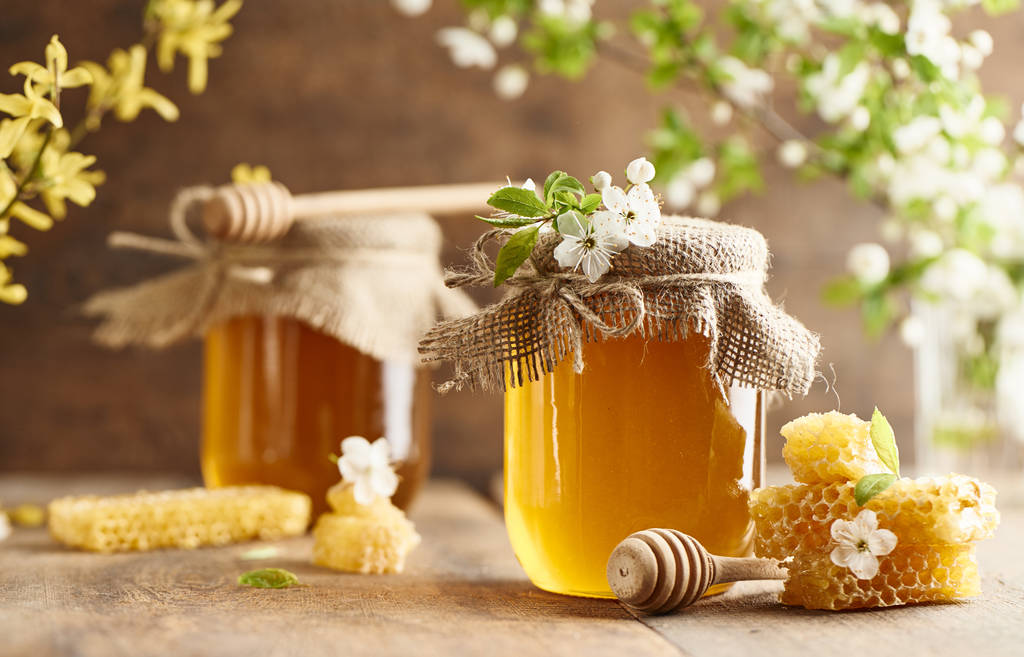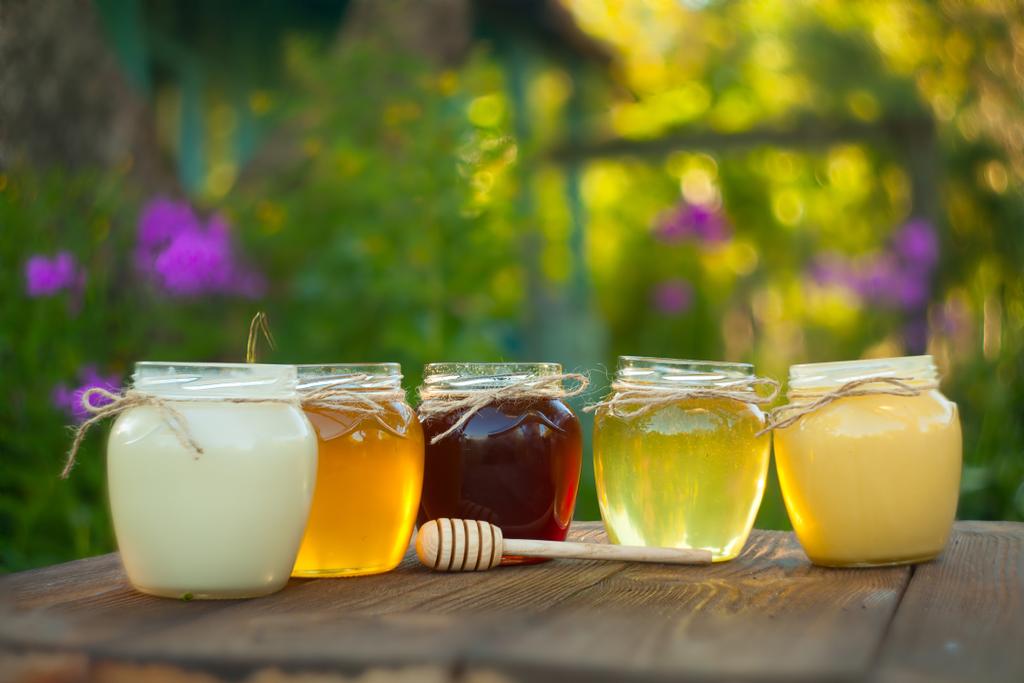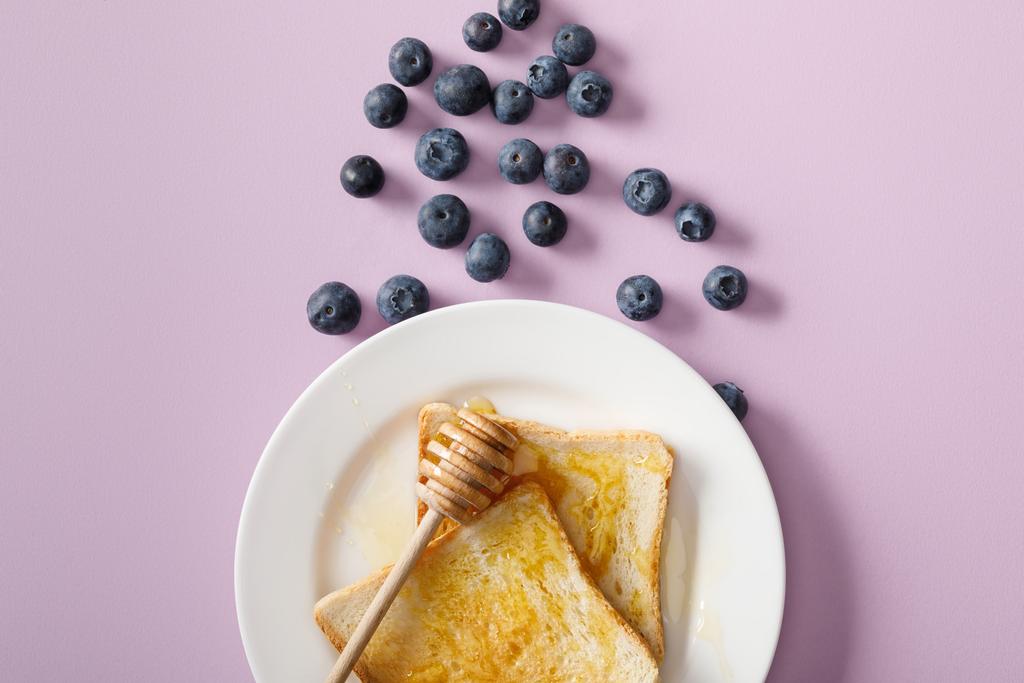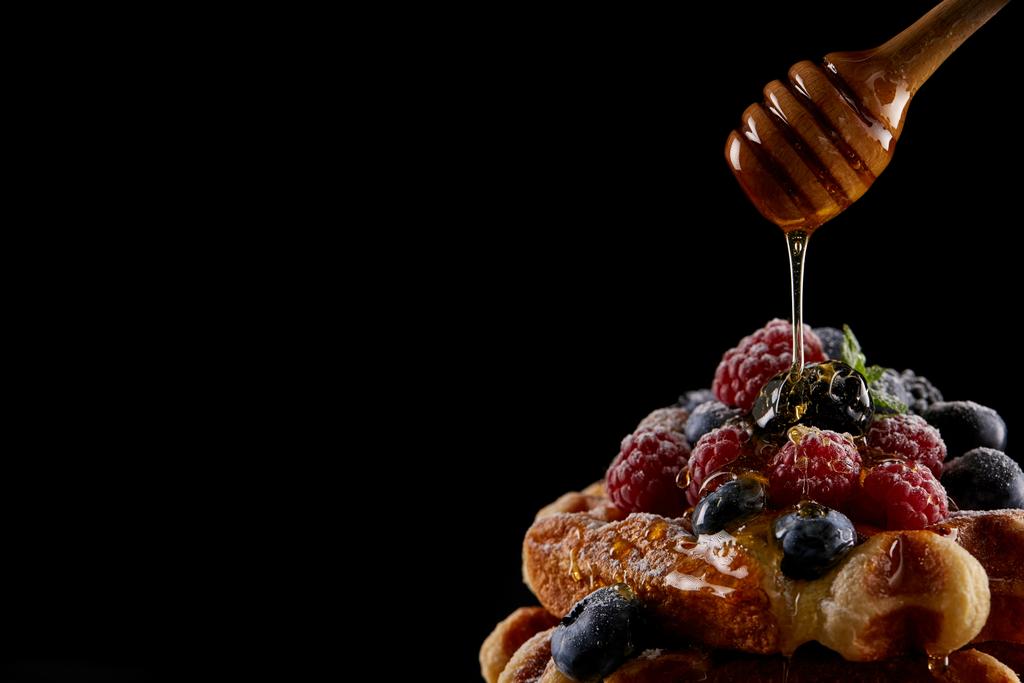During the lunch break we like to have a good time with my harvest. We cook something delicious together, sit outside when the weather is good. It is not uncommon for Wanda to take her dog to the nearby forest in the evening and especially at the weekend. There she can take her time, take a break and gather new energy.
The forest, with its tall trees, some of which are centuries old, emanates a power and calm that awaken a feeling of security in us. At the same time, this complex ecosystem, which consists of bushes, herbs, wildflowers and a variety of animals, makes us happy and awakens our spirits.
Forest bathing – feel-good import from Japan

The Japanese have dedicated an entire field of study to the regenerative effect of the forest and have been researching the health effects that a walk in the forest can bring with them for several decades. This trend is called Shinrin Yoku, which in Japanese means something like bathing in the atmosphere of the forest. Entire forests of forest trails have been created to provide relaxation, stimulation and focus.
Swimming without a lake? This is how forest bathing works!
You don’t have to venture into the cold lake or dive into the sea of leaves for classic forest bathing. Rather, one is immersed in the cool and humid air, the tangy smell of fir trees, the sounds of birds and the soft and soothing green of the foliage. The forest can be perceived with every sense, you can surrender to it and get in intensive contact with it and the life in it.
Originally, Shinrin Yoku exercises were carried out in the forest, similar to Qigong. You can also encounter the forest through meditation exercises, cycling or a quiet walk. You can stroll carefully through the forest without much haste, take your time and look, feel and listen to what the forest has to show you. Astonishing effects can occur in your own body through this mindfulness and attention.
Tips to open up to the forest
There are no rules (but surely there’s no harm in turning off your phone…)
Perception and attention can be opened to all impressions of the forest
Walking meditations, i.e. an additional concentration on your own breath, can help to banish everyday worries for a moment and to fully engage with the experiences in the forest
Health effects of forest bathing
Some studies have examined the health effects of staying in the forest and have been able to prove that blood pressure and stress hormones in the human body are reduced and that muscles relax when bathing in the forest.
Health scientists in Tokyo have shown that a day in the forest can increase the number of human immune cells by 50%. Even if research results confirm our intuitive positive perception of the forest, the question remains: How does this stimulation arise?
50 shades of green

There are various explanations for this. From naturopathy comes the theory that the body subconsciously remembers that nature and the forest are our original habitat, offering us protection and nourishment. A psychological interpretation is that the scent of the forest evokes positive childhood memories and that this positive conditioning is also reflected in health. The coloring of the forest with its variety of green tones can also be responsible for calming the nerves and stimulating the immune system.
Whatever the reason why we feel so safe in the forest. The short vacation in the forest helps to reduce stress and to find relaxation.




